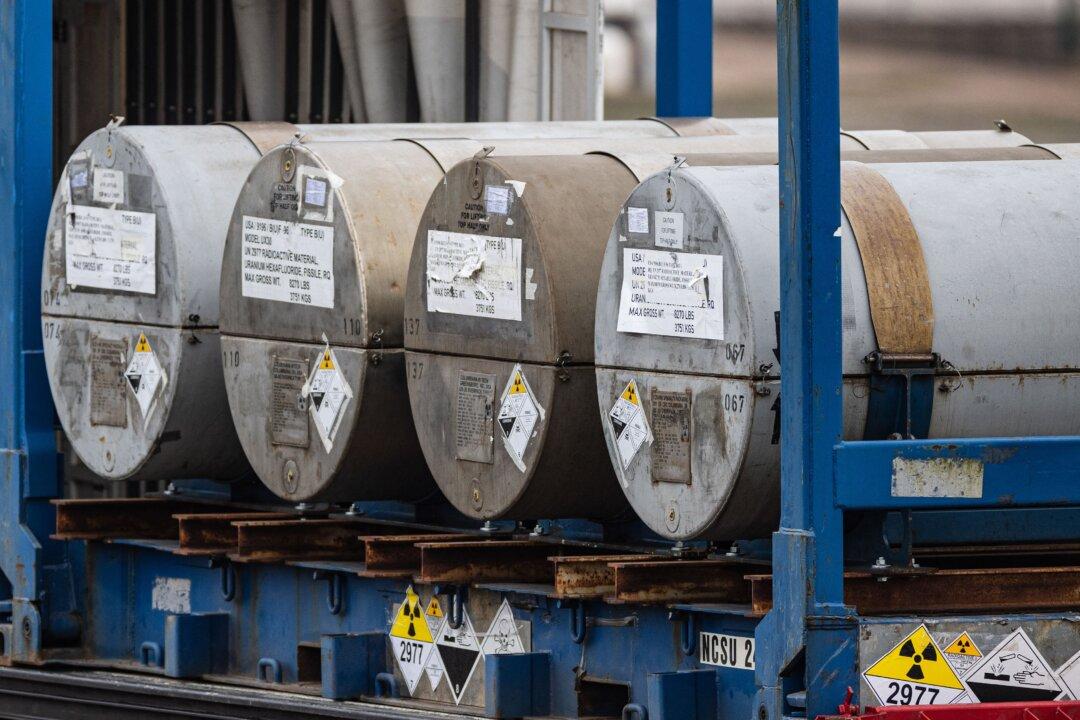The Department of Industry, Science, and Resources (DISR) has revealed that there has been a significant increase in Australia’s uranium exports due to growing global demand for nuclear energy.
Mark Weaver, general manager at the Australian Radioactive Waste Agency, a part of the DISR, said the growth began in 2020.





